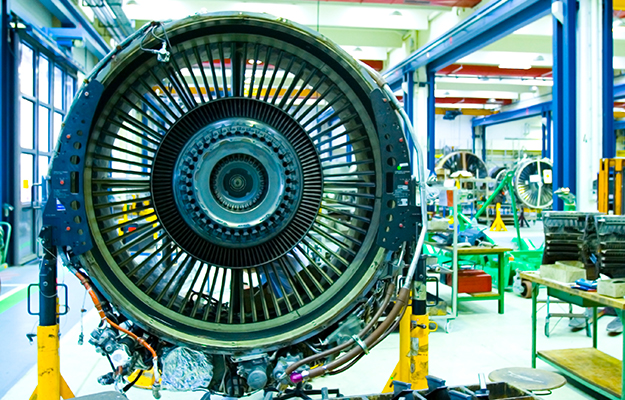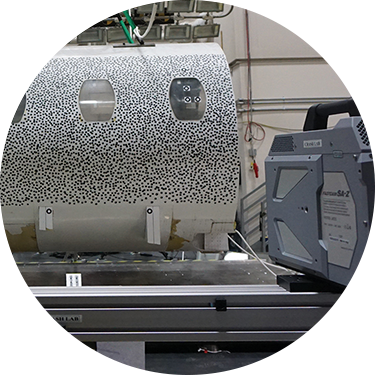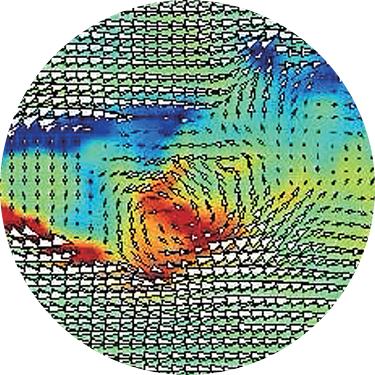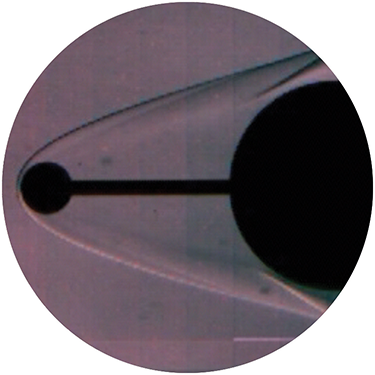Aerospace and Defense

Aerospace & Defense
For years high-speed imaging has been used in various applications by engineers in the aerospace and defense industries. Photron high-speed cameras facilitate the detailed analysis of projectile flights, missile launches, combustion processes, engine performance, fuselage durability, material strength, flow/particle movement and more. For years high-speed imaging has provided engineers with detailed analysis of such events. There are several companies that manufacture high-speed cameras, so how do you decide which company to buy from and which model of camera to buy? There are several factors to consider, including a cameras frame rate, light sensitivity, minimum exposure time, and of course the cameras body.
Aerospace testing environments can be challenging for high-speed camera suppliers. To guarantee the successful implementation of high-speed cameras within such environments it is important to select an experienced supplier who can provide a range of highly-reliable cameras and exceptional customer support.
APPLICATIONS & TECHNIQUES
DIGITAL IMAGE CORRELATION

PARTICLE IMAGE VELOCIMETRY

COMBUSTION

SCHLIEREN

Development of Background-Oriented Schlieren for NASA Langley Research Center Ground Test Facilities
Read more
High-Speed Image Analysis and Filtered Imaging of Nested Hall Thruster Oscillations
Read more
Dynamic Fracture in Carbon-fibre Composites: Effect of Steel and Ice Projectiles
Read more
The Analysis Of The Vibratory Movement Of The Gun Barrel And Its Influence On The Firing Accuracy
Read more
